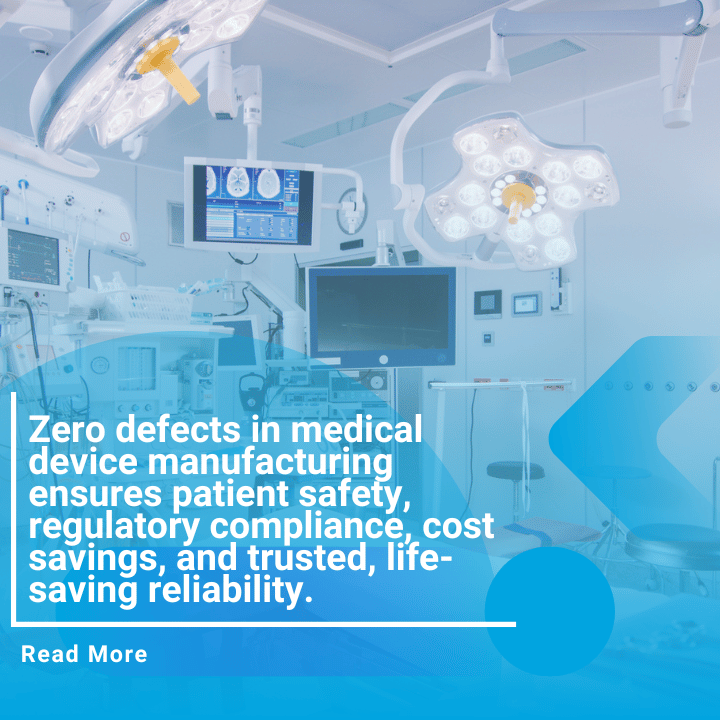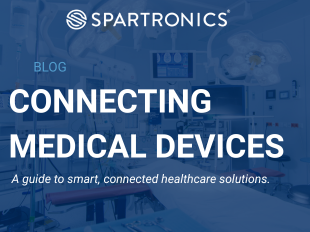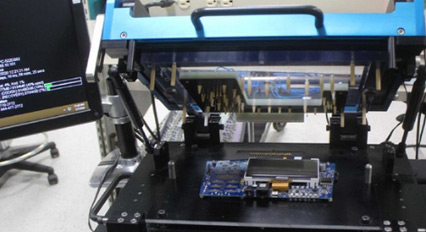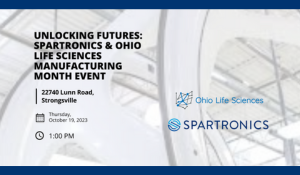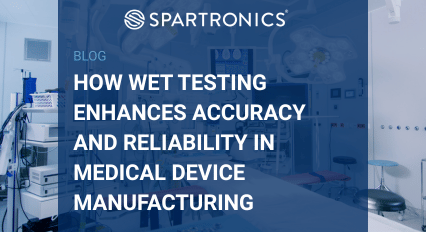When it comes to medical devices, “good enough” isn’t enough. These products aren’t gadgets you toss aside if they glitch; they’re lifesavers. Whether it’s a pacemaker, an insulin pump, or a surgical robot, there’s zero room for failure. That’s why “zero defects” is the standard.
How Do Defects Put Patients at Risk?
Even the most minor flaw can have serious consequences. A faulty PCB trace could cause a sensor to misread data. A poor solder joint could cause power loss during treatment. A software error could stop therapy at the worst moment. These issues can lead to surgical delays, wrong doses, or complete system shutdowns. That’s why medical device manufacturers do more than just build products; they trace every component, test every assembly, and verify every function. ISO 13485 requires it. FDA regulations demand it. Patient safety depends on it.
Why Are Regulations So Strict?
Because lives are at stake.
Medical device makers have to follow standards like ISO 13485 (quality management), ISO 14971 (risk management), IEC 60601 (electrical safety), and FDA 21 CFR Part 11 (electronic records). They also go through Good Manufacturing Practices (GMP) audits, design control reviews, and post-market surveillance.
Zero defects help companies avoid recalls, FDA warning letters, and costly rework. It also builds confidence with hospitals, doctors, and patients.
What Devices Need Zero-Defect Quality?
Pretty much everything in healthcare.
Think about devices like:
- Pacemakers and defibrillators – need flawless circuitry to keep hearts beating.
- Infusion pumps – deliver precise doses to people with diabetes daily.
- Ventilators – keep patients breathing during surgery or critical care.
- Diagnostic tools/equipment – demand sub-millimeter accuracy for complex procedures.
- Patient monitors – must give reliable vitals around the clock.
If even one component fails, treatment could be interrupted. That’s why reliability is non-negotiable.
How Does Spartronics Deliver Zero Defects?
By combining technology, process, and people.
Spartronics manufactures complex PCBAs, integrates subsystems, and builds complete devices in ISO 13485-certified facilities. We utilize validated processes, supply chain traceability, and in-line testing to ensure every unit meets specifications before it ships.
Key tools include:
- AOI (Automated Optical Inspection) and X-ray to spot microscopic flaws
- Functional and in-circuit testing to verify performance
- Product-specific in-process and final test fixtures to replicate real-world use.
- Hipot and Ground Bond tests to confirm electrical safety.
- Wet testing with blood and biologics to duplicate critical use conditions and ensure reliability under realistic scenarios.
This combination of automation, custom process development, and test setups enables Spartronics to achieve first-pass yields and zero-defect outcomes.
How Do These Processes Save Money?
Catching problems early is always cheaper.
The sooner an issue is found, the less it costs to fix. Detecting a fault at the final test stage is far better than discovering it in the field. Catching it during a sub-assembly test is even more efficient, as it prevents it from reaching full system integration. Identifying the problem at the component level, such as with AOI on a PCBA, yields the most significant savings and reliability improvements.
A single recall can cost millions in logistics, FDA reporting, and legal fees. Zero-defect systems prevent defective units from leaving the factory. That saves time, money, and reputation, while keeping patients safe.
Why Is Reliability So Important for Users?
Because they expect devices to work every time.
Surgeons can’t have a device stop mid-procedure. Patients don’t want their therapy interrupted. Reliability reduces false alarms, workflow disruptions, and stress for everyone involved.
Manufacturers use accelerated life testing, thermal cycling, and vibration testing to make sure devices last for years under real-world conditions.
How Does Zero Defects Build Brand Trust?
Trust is everything in healthcare.
One faulty device can damage a company’s reputation for years. However, companies that deliver safe and reliable products win loyalty from hospitals, procurement teams, and patients. Low failure rates and strong compliance become a competitive edge.
Every device needs to work perfectly, the first time, every time. Spartronics brings together ISO 13485-certified manufacturing, real-time quality monitoring, and advanced automation to make that possible.
Are you ready to develop medical devices that patients and clinicians can rely on for years to come? Contact us today!
